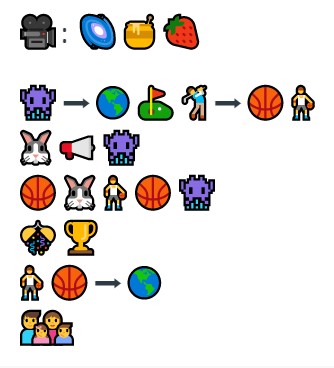For this task, I chose to take the perspective of a teacher in the year of 2052 who has been teaching for 30+ years, to focus on speculative narratives surrounding digital technology in education and in conjunction with human connection. It can be said that digital technology has the ability to make us feel more connected yet more lonely all at the same time (Turkle, 2011). This lack of human connection is something I especially fear for future generations in relation to technology systems and AI. As discussed by Hariri, determining the winners and losers of AI early on is critical in order to maximize AI’s potentials (2017). I especially see this as true for students and their learning and development. As a teacher of 30 years, I reflect on the development of students overtime with digital technology.
Speculative Narrative #1 Utopian
It is 2052 and the general public has a much better understanding of AI, its functions, and how they affect our daily living and in turn, the way we choose to interact with it. School districts focus on AI systems in conjunction with digital wellness in their curriculum for learning. We now have multiple generations of digital natives who strive to use technological systems intentionally and responsibly. It is 2052 and human enrichment is the focus for developing technology systems and online education and global internet systems have made education more accessible, especially in rural and underdeveloped parts of the world. The digital divide has definitely decreased since I first started teaching and the structure of the education system has completely changed where technology is everywhere in schools and classrooms. AR and VR systems have allowed students to explore and learn about different parts of the world and take them on new adventures and since the environments created by AR and VR systems are engaging and highly realistic, users are able to develop an emotional connection to it. AI has allowed for assessment to be more efficient and accurate for teachers and has engaged learners more personally and independently. Tablets are now accessible to all learners and online games and immersive learning are a focus where all students are highly engaged in their learning. Students are able to participate in endeavors of their own interests and also connect with like-minded individuals online. Students are no longer distracted in class as they always have something they can connect to.
Speculative Narrative #2 Dystopian
In 2052, we will have multiple generations of digital natives and be more lonely and disconnected from human connection than ever. There are an increasing number of students using AR and VR systems for personal use which have provided them with an escape from reality, a means to not deal with and solve their own life problems. These systems have also decreased outdoor play time in students. I was once told by a teacher of mine that, “we will not protect what we don’t love”, and if we don’t get children outside at a young age, we will not be able to teach them to love and take care of our earth. Technology has provided a means for efficiency but has diminished the need for human connection with each other and to nature as well.
After 30 years of teaching, I’m starting to see the harmful effects of digital technology mainly in the realm of human connection. We wanted paperless classrooms to help our environment but we have created a system of disengaged citizens with a bigger divide between humans and nature. We wanted more technology in the classrooms to engage our learners but now they’re more disengaged with their peers and teachers. Furthermore, I feel grateful that my teaching career is coming to an end as I fear that future teacher’s jobs will be replaced by virtual robots and further diminish the need for human connection.
Hariri, Y. N. (2017). Reboot for the AI revolution. Nature International Weekly Journal of Science, 550(7676), 324-327.
TEDx Talks. (2011, March 25). Sherry Turkle – Alone together [Video]. YouTube. (17 mins.)

